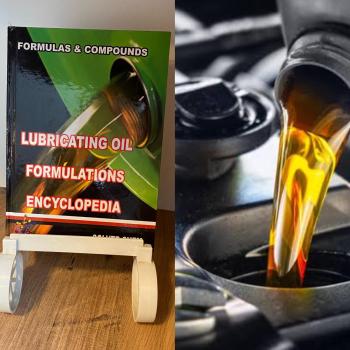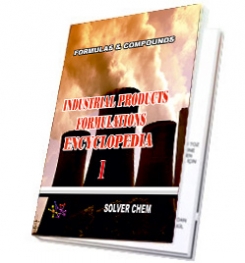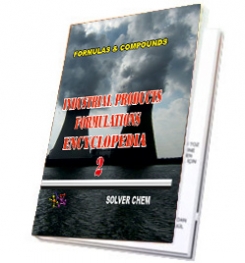
Several factors should be taken into account when determining how well a lubricant will work at colder temperatures and the probability of gelling at these temperatures. These include the base oil, wax content, pour point and the base oil’s refining process. All of these will have a marked impact on gelation and the lubricant’s cold-temperature characteristics.
If your equipment is operating in extreme cold temperatures, you should consider the base oil used in the lubricant. Mineral base oils have a wide operating temperature range but are often discarded in favor of comparable lubricants with a synthetic base oil. Synthetic oils generally have a higher viscosity index, which means they will remain more fluid in cold conditions and thicker in hotter temperatures.
For machines that require mineral oils, take note of the API base oil category or how refined the base oil is. Crude oils from the ground naturally have a bit of wax in them, which can negatively affect the oil’s tendency to gel in cold temperatures. The majority of this wax can be removed through refining. During the dewaxing process, the wax content is reduced or the wax structure is converted to a different structure with better properties. The cold-temperature characteristics are also improved. Typically, the more refined a base oil, the higher the viscosity index and the better the low-temperature properties.
API base oil Groups II and III have lower volatility and lower pour points. When in doubt about which API group a particular base oil falls into, contact the oil manufacturer or consult the technical data sheets.
An oil’s pour point is another property that should be analyzed before selecting a lubricant to be used in cold environments. The pour point is the temperature at which the oil will no longer flow due to gravity. As an oil is cooled, waxes remaining in the oil begin to crystalize and congeal together, making the fluid more solid until it stops flowing. Even oils that are virtually free of wax will have a pour point associated with them. If choosing a lubricant for a machine that will operate in extremely cold environments and there are several oils with the same properties except for the pour point, pick the one with the lowest pour point to avoid issues stemming from reduced flow at cold temperatures.
Synthetic base oils are synthesized from different compounds and mostly have no waxes in them. They also have a lower pour point than mineral oils and are often selected for cold environments due to their higher viscosity index and lower pour point. However, synthetic base oils are still at risk of gelation if they become contaminated with certain contaminants such as water and glycol. Routine oil analysis should be performed to look for these common culprits.

any engine oil
LUBRICATING OIL
FORMULATIONS
ENCYCLOPEDİA
is enough.
LUBRICATING OIL FORMULATION ENCYCLOPEDIA has many formulations of greases, complex grease, lithium grease production,sodium greases formula, formulation,multigrade engine oils manufacturing process,motor oils making, gear oil production, synthetic engine oils,semi synthetic motor oils,gasoline oils,diesel oils production process,composition of turbine oils,transmission oil manufacturing, production of cycle motor engine, tractor oils,mineral based motor engine production,heat transfer oils, slideway oils formulation, formulations, cutting oils formula,formulas grinding oils,mould oils manufacturing process and etc.
All lubricating oils in the encyclopedia are producible easily.You need no help and no technıcal support. The encyclopedia is enough to produce lubricating oils and engine oils itself.
LUBRICATING OIL
FORMULATIONS
ENCYCLOPEDIA
is written clear and understandable.


HARD BOOK E BOOK
RELATED TAGS: What is engine oils,making synthetic diesel engine oil,semi synthetic engine oil manufacturing process,mineral based engine oil production, heavy duty engine oil formulation,high performance engine oil formula,formulas,properties of motor oils,synthetic motor oil msds, analysis,composition of engine oils,additives of motor oils, mineral engine oil formulation,make semi synthetic diesel engine oil, base oils,synthetic base oils,light neutral oil,heavy neutral oil,performance additives package, properties of diesel engine oil, how to formulate engine oils, types of engine oils, synthetic motor oils,ingredients of engine oils,compounds of engine oils, index of motor oil,characteristic of motor oils,application of motor oils,combination of synthetic engine oils.
SOLVERCHEM PUBLICATIONS

|
|

|
|

|
|
